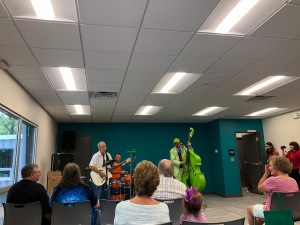When an HOA looks at revising its subdivision covenants (sometimes called CCRs, declaration, restrictions, restrictive covenants, master deed, or indenture), the board and its attorney generally find a paragraph toward the end of the covenants that requires that the owners of a majority of lots–or units, for a condominium–must approve the amendment for it to be effective. The required majority could be the votes of the owners of more than half, two thirds or three fourths of the total number of lots, or in rare cases, all the owners of all lots. In some instances, certain types of amendments may also require the consent of the developer or a lender.
However, determining what type of majority is required and how the votes are recorded is not always simple. In Wagner v. Nolan, the Missouri Court of Appeals for the Western District of Missouri held on April 19, 2022, that a document terminating the restrictive covenants was not signed by the owners of a majority of the lots, even though the owners of 9 of the 17 lots had signed. The wrinkle was that Lot 2 as originally platted had been divided into four lots, and the 9 votes in favor included Lots 2A, 2B, 2C and 2D, all carved out of the original Lot 2. Nothing in the subdivision restrictions addressed whether additional lots would be given full weight in voting, so the court looked at the language in the recorded subdivision covenants, which stated that the the subdivision consisted of Lots 1 through 14. With Lot 2 being allocated only one vote, rather than four, the tally was 6 in favor, 8 against, so the amendment to terminate the restrictions failed.
The issue of the treatment of lots that have been created through replatting or combined is also important for allocating common expenses. Subdivision covenants typically do not address these situations, and HOAs are very inconsistent in counting votes or allocating expenses after new lots are added or old lots are combined.
When an owner divides a lot, creating new lots, well-drafted subdivision covenants will require that each new lot pay a full share and have a full vote.
If an owner of three lots combines them, that owner often expects to pay the same share of common expenses as the owner of a single lot as originally platted, and is willing to give up two votes to achieve that goal, even though this maneuver shifts a share of the total expense burden onto other owners. If there are 10 original lots, and each owner pays 10% of the total HOA expenses, when three of the original lots are combined, the new total is eight lots, which could result in each owner being now responsible for 12.5% of the total. This result is unfair to the remaining owners. In the case Reed v. Sunset Cove Condominium Owners Association, the Southern District Court of Appeals affirmed a judgment holding that the combination of lots in the condominium form of ownership would not reduce the share of expenses of the combined lots.


